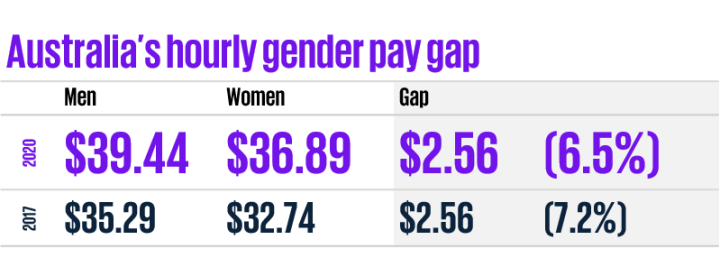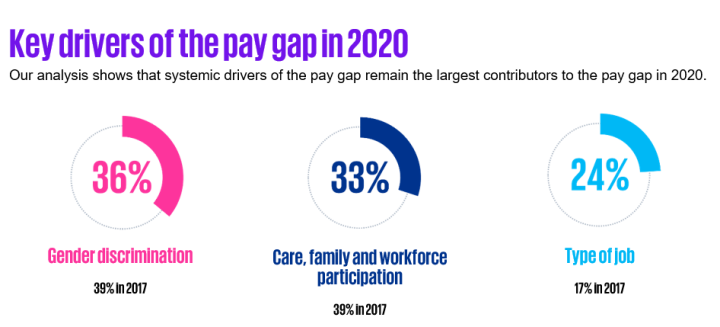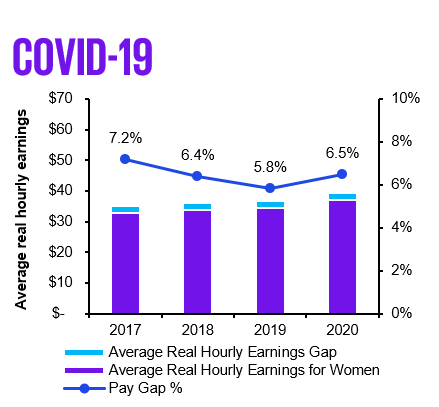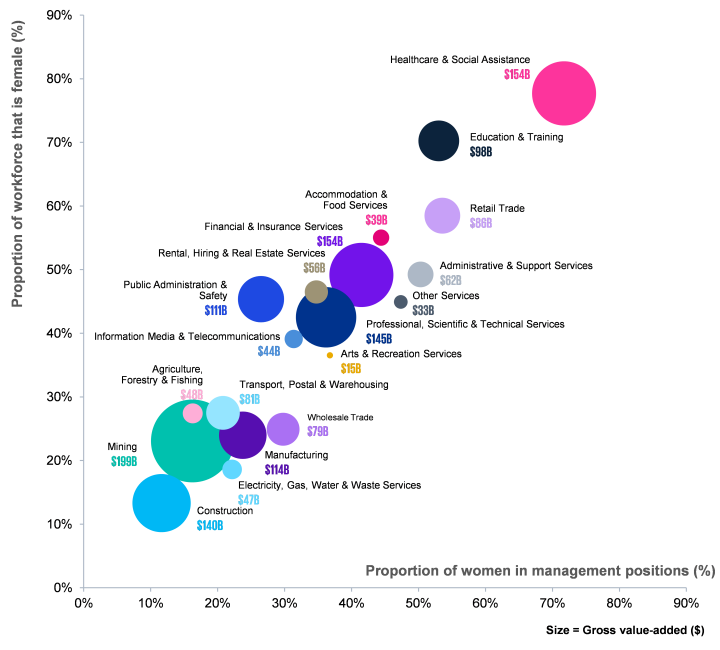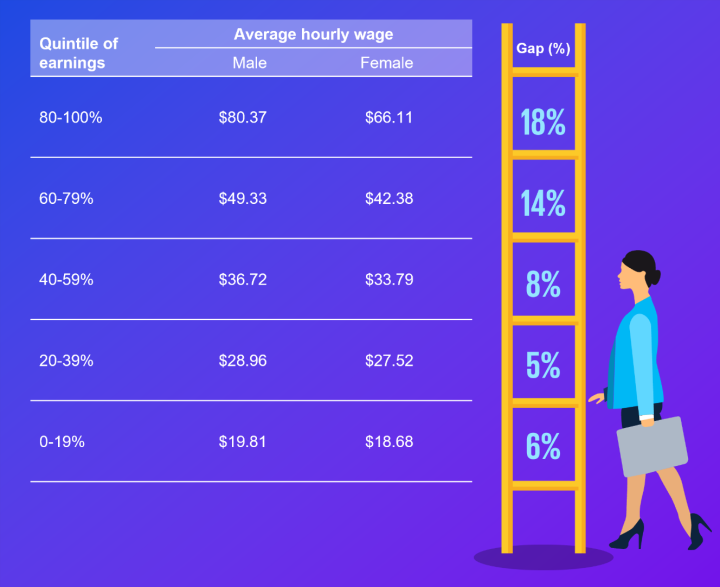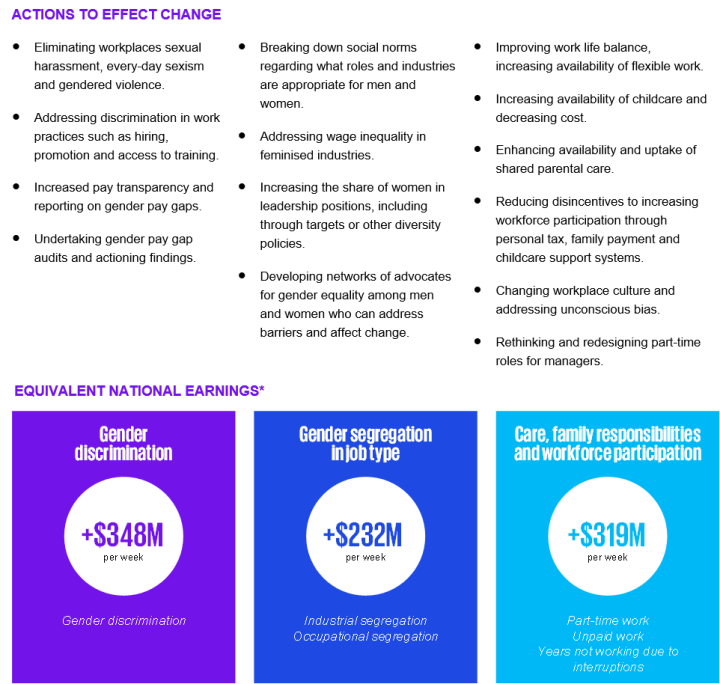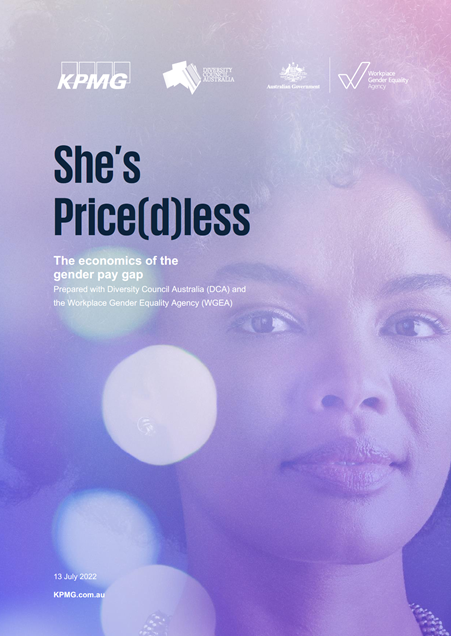Overview
In its fourth iteration, the She’s Price(d)less report finds that while the gender pay gap did not further worsen with the significant disruption of the COVID-19 pandemic, progress on closing the gap has stalled.
Gender discrimination; care, family responsibilities and workforce participation; and gender segregation by job type continue to be the three main contributors to the gender pay gap in Australia. These primary drivers of the pay gap combined amount to an equivalent to a gender pay gap of $898 million per week in earnings.
For the first time, this report includes an analysis of the gender pay gap by industry and occupation using WGEA gender equality reporting data. It shows that women are more likely to work in lower paying industries, and men who join those industries are more likely to be in higher-paid, managerial positions.
These findings provide crucial knowledge that can help government and business take action and build on the progress that has been made. The report, through quantifying the drivers of the gender pay gap, provides employers with the information they need to affect change.
WGEA collaborates with employers making these changes and seeing real, tangible benefits for their workforce and for their business. Reducing the gender pay gap is both a collective obligation and an investment in our future economic prosperity, improving quality of life and contributing towards building a more equitable society.
Key Findings
Australia's hourly gender pay gap
The results show that the hourly pay gap between men and women has remained consistent from $2.56/hr in 2017 (adjusted to 2021 dollars) to $2.56/hr in 2020 (adjusted to 2021 dollars).
Key drivers of the pay gap
The single largest, and consistent over time, contributor to the gender pay gap in Australia is gender discrimination which contributes to 36% of the total gap.
The impact of the COVID-19 pandemic
Although there has been no change in the gender pay gap in real terms between 2017 and 2020, data shows that the pay gap had been trending down from 2017, with a slight increase between 2019 and 2020.
An industry-by-industry story
The industry analysis finds that women in feminised industries face barriers to achieving wage parity, with gender pay gaps above the national average and underrepresentation in promotions and key management positions.
The glass ceiling
The glass ceiling continues to prove a significant challenge. Women in the top 20% of income earners experienced the largest gender pay gap.
